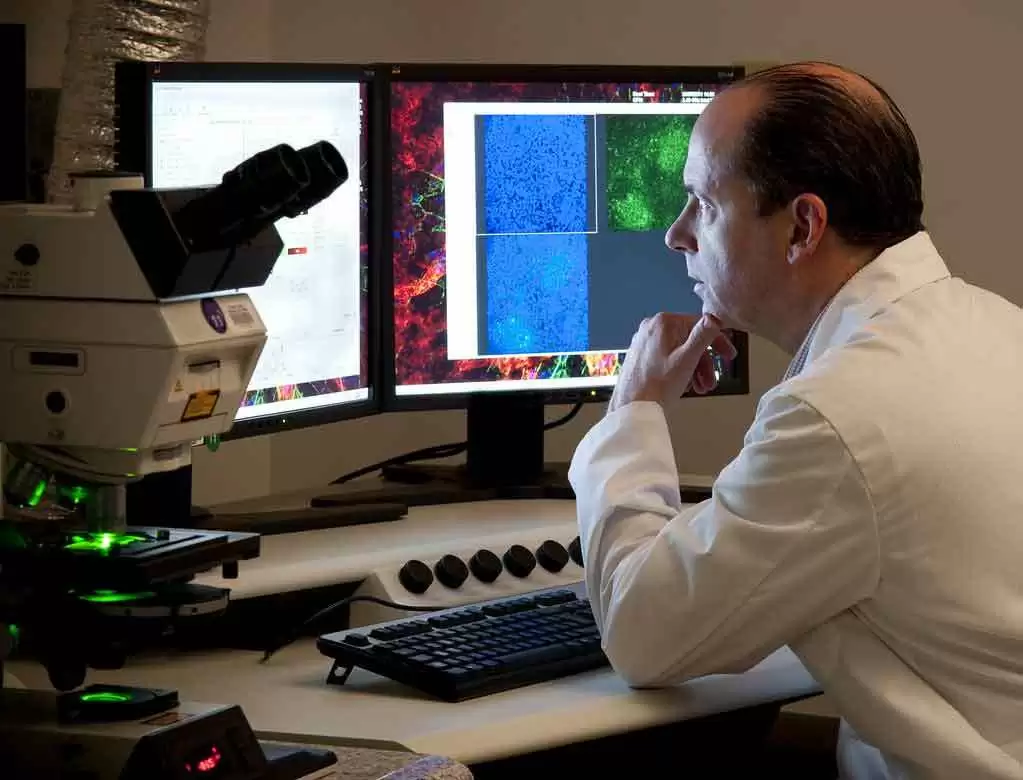
Celiac.com 08/27/2020 - Several thousand strains of bacteria live in the human gut. Some strains are beneficial, while others can promote disease. To make matters more difficult, many of these strains cannot currently be grown in laboratory settings. Certain bacteria species that cannot live in oxygen-rich environments present an even more difficult study challenge.
A team of biological and mechanical engineers at MIT have created a device for growing oxygen-intolerant bacteria in tissue in low-oxygen conditions that mirror the lining of the human colon, allowing them to live for up to four days.
Celiac.com Sponsor (A12):
The research team used the device to grow a strain of bacteria called Faecalibacterium prausnitzii, which lives in the human gut and protects against inflammation.
They also showed that these bacteria, which are often diminished in patients with Crohn's disease, appear to exert many of their protective effects through the release of a fatty acid called butyrate.
The research team included senior authors Linda Griffith, a School of Engineering Professor of Teaching Innovation in MIT's Department of Biological Engineering, and MIT mechanical engineering professor David Trumper, together with lead authors, Jianbo Zhang and Yu-Ja Huang, both postdoctoral students.
The researchers also plan to use their system to study various bacteria linked to Crohn's disease, to assess the effects of each species of the condition.
The team plans to joins forces with Alessio Fasano, division chief of pediatric gastroenterology and nutrition at Massachusetts General Hospital, to study mucosal tissue from people with celiac disease, and other GI conditions.
Tissues grown using this method could help to reveal the secrets of microbe-induced inflammation in cells with differing genetic composition.
"We are hoping to get new data that will show how the microbes and the inflammation work with the genetic background of the host, to see if there could be people who have a genetic susceptibility to having microbes interfere with the mucosal barrier a little more than other people," Griffith says.
Griffith says the device can be used to study other types of mucosal barriers, including those of the female reproductive tract, such as the cervix and the endometrium.
Better understanding the composition of gut bacteria, and their roles in gut inflammation and other celiac-related conditions could pave the way for major breakthroughs in the understanding and treatment of celiac disease.
Read more at News-medical.net










Recommended Comments
There are no comments to display.
Create an account or sign in to comment
You need to be a member in order to leave a comment
Create an account
Sign up for a new account in our community. It's easy!
Register a new accountSign in
Already have an account? Sign in here.
Sign In Now